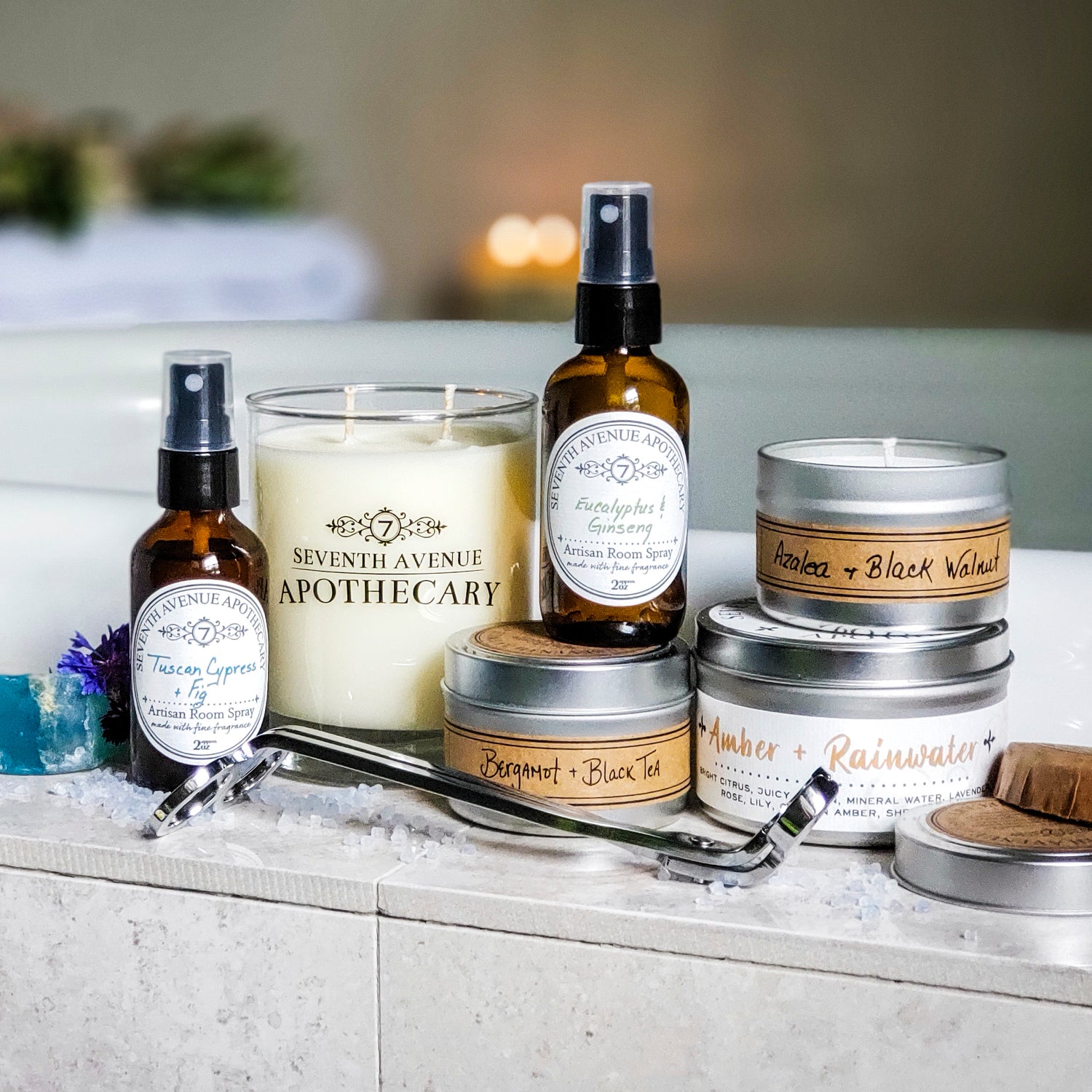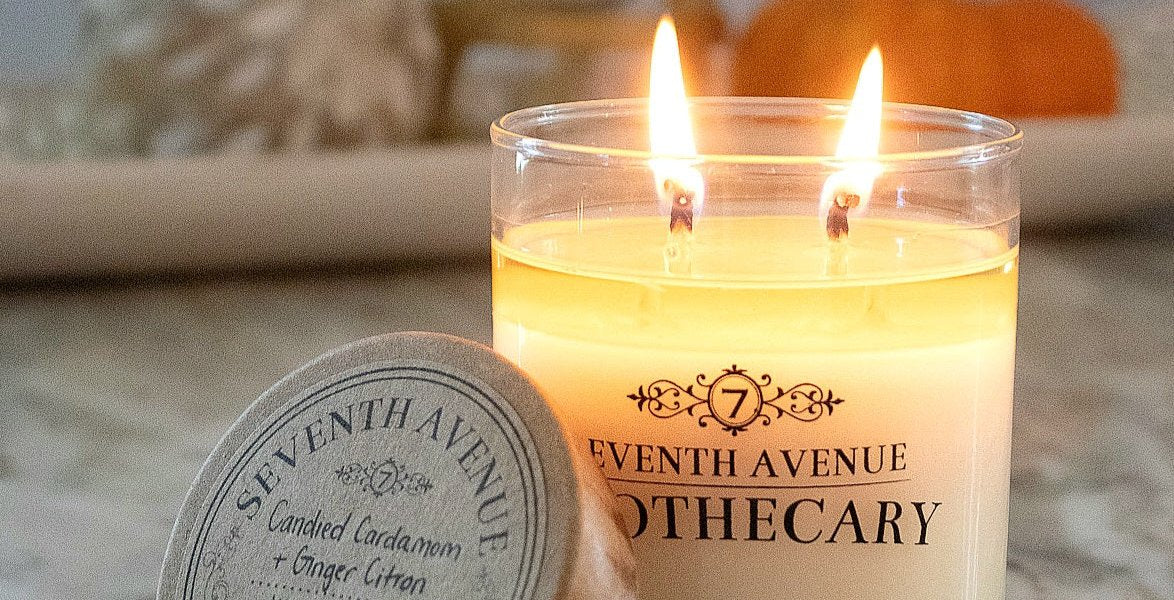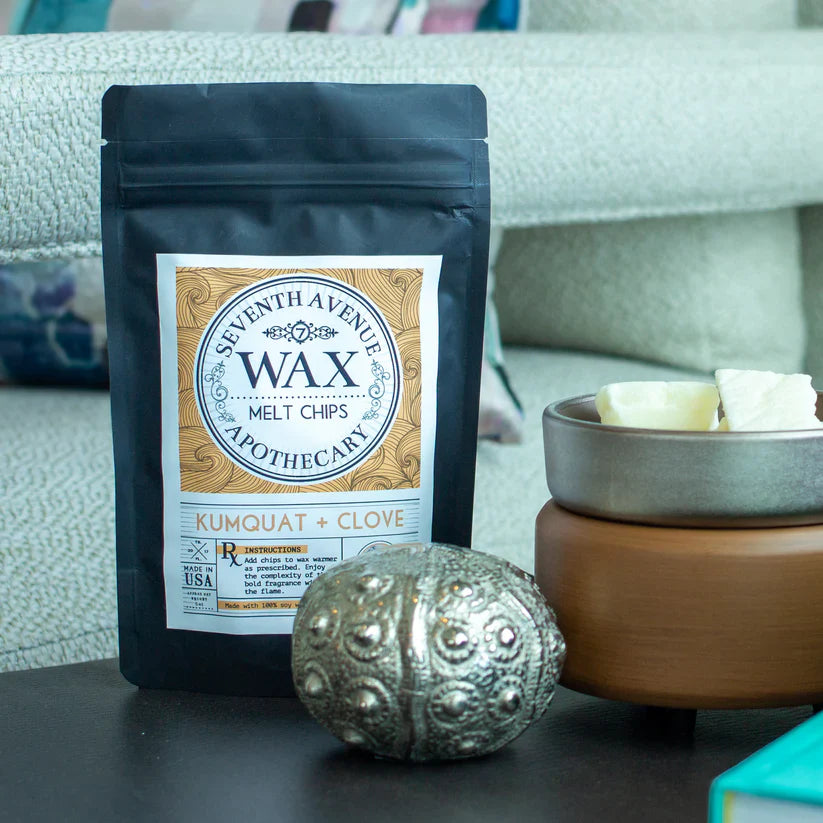Best Wax for Wax Melts and Warmers: What You Need to Know
If you’re searching wax for wax melts or best wax for wax warmer, you’ll want to understand what makes one wax better than another. Wax melts are a popular flameless fragrance solution, and the type of wax you choose affects everything from scent strength to melting performance and environmental impact. Soy wax, paraffin, and blended waxes each bring unique characteristics that influence fragrance throw, melting point, and how cleanly they perform in warmers.
“Choosing the right wax is the key to safe, long-lasting, and satisfying fragrance.”
What Is the Best Wax for Wax Warmers?
Soy wax is a top choice for its clean burn, strong scent throw, and natural ingredients. Made from soybean oil, soy wax is renewable, biodegradable, and offers a creamy finish with minimal soot. It has a lower melting point, making it perfect for even scent release and easy mold release in wax melt production.
Soy Wax for Wax Melts: Is It Safe?
A common question is "can I use soy wax for wax melts", and the answer is yes. Soy wax is perfectly suited for wax melts because it melts evenly, distributes fragrance consistently, and avoids releasing harmful toxins. It is also non-toxic and safe for use around children and pets, provided you use 100% soy wax with natural fragrance oils.
“Soy wax is one of the safest, most eco-friendly options for making wax melts.”
Paraffin and Blended Waxes for Wax Melts
While soy is popular, some consumers still choose paraffin for its powerful hot throw. If you want a bold fragrance that quickly fills larger spaces, paraffin-based wax melts are effective. However, paraffin is petroleum-derived, which may raise environmental or air-quality concerns.
Blended waxes, combining soy with coconut or paraffin, offer a middle ground. They balance fragrance strength with eco-conscious ingredients, reducing frosting and providing smoother mold release. These blends can be a good compromise for those seeking scented wax for warmers that perform well and still lean toward sustainability.
Characteristics and Differences of Wax Varieties for Wax Melts
Soy Wax Melts
Soy wax, made from soybean oil, is a natural, biodegradable option that’s highly valued for its clean, even burn and minimal soot. It has an opaque, creamy finish and a strong "cold throw"—the fragrance it emits even when not warmed. Soy wax is known for producing a long-lasting, subtle scent throw, gradually releasing aroma in a room without overwhelming it. One minor characteristic is “frosting,” where tiny crystals form on the surface, adding a natural look and often appealing to customers looking for pure, plant-based wax products.
Paraffin Wax
Paraffin wax is a petroleum-based wax with an excellent “hot throw” (the strength of the fragrance when melted), making it ideal for larger spaces or those wanting a bold scent. This wax is smooth and translucent, making it easy to color in vibrant hues, and provides a sleek aesthetic without frosting. Although paraffin has a strong scent throw and consistent melting, some consumers prefer more natural options due to its petroleum origins.
Blended Waxes
Blended waxes combine the qualities of multiple wax types, such as paraffin and soy or soy and coconut. Blending offers balance, creating a wax with both a strong scent throw and an eco-friendly component. For instance, soy and coconut wax blends reduce issues like frosting and uneven surfaces while maintaining an eco-conscious appeal. Blends are ideal for those seeking a mix of performance and sustainability.
At Seventh Avenue Apothecary, we proudly use 100% soy wax in our wax melts. Soy wax provides the best balance of natural sourcing, safety, and consistent fragrance release, making it an ideal choice for eco-conscious customers. Its clean burn and smooth, lasting scent make soy wax one of the most preferred options for high-quality, long-lasting wax melts.
Making Wax Melts with Specific Wax Types
When creating wax melts, each type of wax offers distinct characteristics that influence factors like scent throw, melting point, and mold release.
Paraffin wax is a popular choice for wax melts due to its high hot throw, which makes it great for delivering bold, powerful fragrances. Paraffin’s smooth, translucent appearance also lends itself well to rich colors and aesthetics. However, it is a petroleum-based wax, which may not align with everyone’s environmental or health preferences. It also has a relatively high melting point, which can sometimes require additional care when melting and pouring.
At Seventh Avenue Apothecary, we use 100% soy wax for our wax melts because it combines the best of both worlds. Soy wax is plant-based and biodegradable, providing a clean, eco-friendly burn. It has a lower melting point, which means it melts evenly and releases a long-lasting, consistent fragrance. Additionally, soy wax’s soft, creamy finish and strong cold and hot throws make it ideal for wax melts. Its natural, sustainable qualities and impressive performance make soy wax the ideal choice for high-quality wax melts.
Wax Options for Different Candle and Melt Projects
Different wax types are specifically formulated for various applications, so understanding these differences can help ensure a successful outcome.
For container candles, for example, soy wax is an excellent choice due to its clean burn, lower melting point, and strong scent throw. Its creamy, opaque finish adheres well to container walls, making it ideal for glass or ceramic holders. Soy wax’s natural origin also appeals to eco-conscious consumers, adding value to container candles in terms of sustainability.
For pillar candles, a harder wax with a higher melting point, such as paraffin or a soy blend, is recommended. Because pillar candles aren’t enclosed in a container, they need to maintain their shape independently while burning. Paraffin wax works well for this purpose due to its ability to hold a solid structure, even in warmer conditions. Blended waxes, such as soy-paraffin combinations, are also popular for pillars as they offer the durability of paraffin with the eco-friendly qualities of soy. These blends often provide a smoother, more refined appearance and help to balance out characteristics like burn consistency and scent throw.
For clamshell or snap bar wax melts, a wax that releases from molds easily and offers a good hot throw is essential. Soy wax or soy-coconut blends are effective for this purpose, as they have a lower melting point, which helps them release fragrance efficiently when warmed. These types also minimize frosting and give the melts a smooth, clean finish. The choice of wax for tarts and snap bars also depends on how they’ll be used: for example, if you want quick scent release, a softer wax like pure soy or coconut is ideal, while if you prioritize a slower, longer-lasting release, a soy-paraffin blend could be a better choice.
Advantages of Using Wax Melts
Wax melts are popular for their versatility, safety, and ease of use, making them a great alternative to traditional candles. Here are some of the key pros from both customer and candle maker perspectives:
Advantages of Wax Melts
Safety: Wax melts are flameless, making them a safer option for homes with pets or children, as there’s no risk of an open flame.
Customizable Fragrance: You can control the intensity of the scent by adding or removing melts in the warmer, which is perfect for adjusting to different room sizes or scent preferences.
Long-lasting: Wax melts often have a slower, more even scent release, making them a cost-effective choice for continuous home fragrance.
Strong Hot Throw: Wax melts provide a powerful scent throw when warmed, making them ideal for larger spaces or areas where you want a more intense fragrance.
For candle makers, wax melts are also appealing due to their simplicity:
Easy to Make: They don’t require a wick or a container, which cuts down on manufacturing costs and production time.
Creative Options: Wax melts can be molded into different shapes and colors, offering a range of aesthetic options that can be appealing for gift sets or special occasions.
Best Practices for Using Warmers Wax
People also search for warmers wax or wax for warmers with questions about safety and performance. Here are a few tips:
- Always use a wax designed for warmers (never use raw candle wax that has not been formulated for melting).
- Clean out old wax regularly to avoid mixing scents.
- Don’t overfill the dish; small amounts go a long way.
“Proper wax warmer use ensures safer, cleaner, and more enjoyable fragrance.”
Why Seventh Avenue Uses Soy Wax for Wax Melts
At Seventh Avenue Apothecary, we proudly use 100% soy wax for our wax melts. It provides a balanced scent throw, clean burn, and a smooth, natural appearance. Soy wax supports eco-conscious values, burns free of petroleum byproducts, and offers an ideal melting point for consistent fragrance delivery in any warmer.





